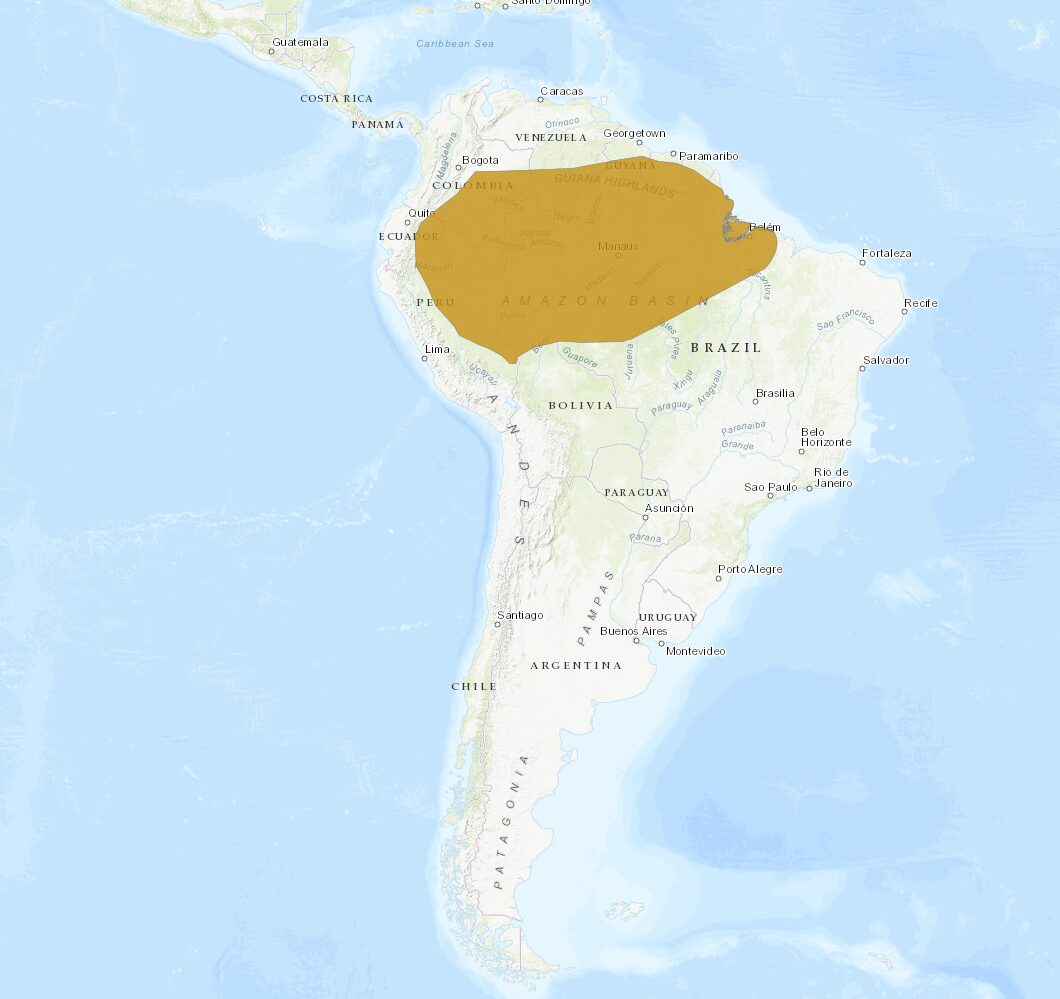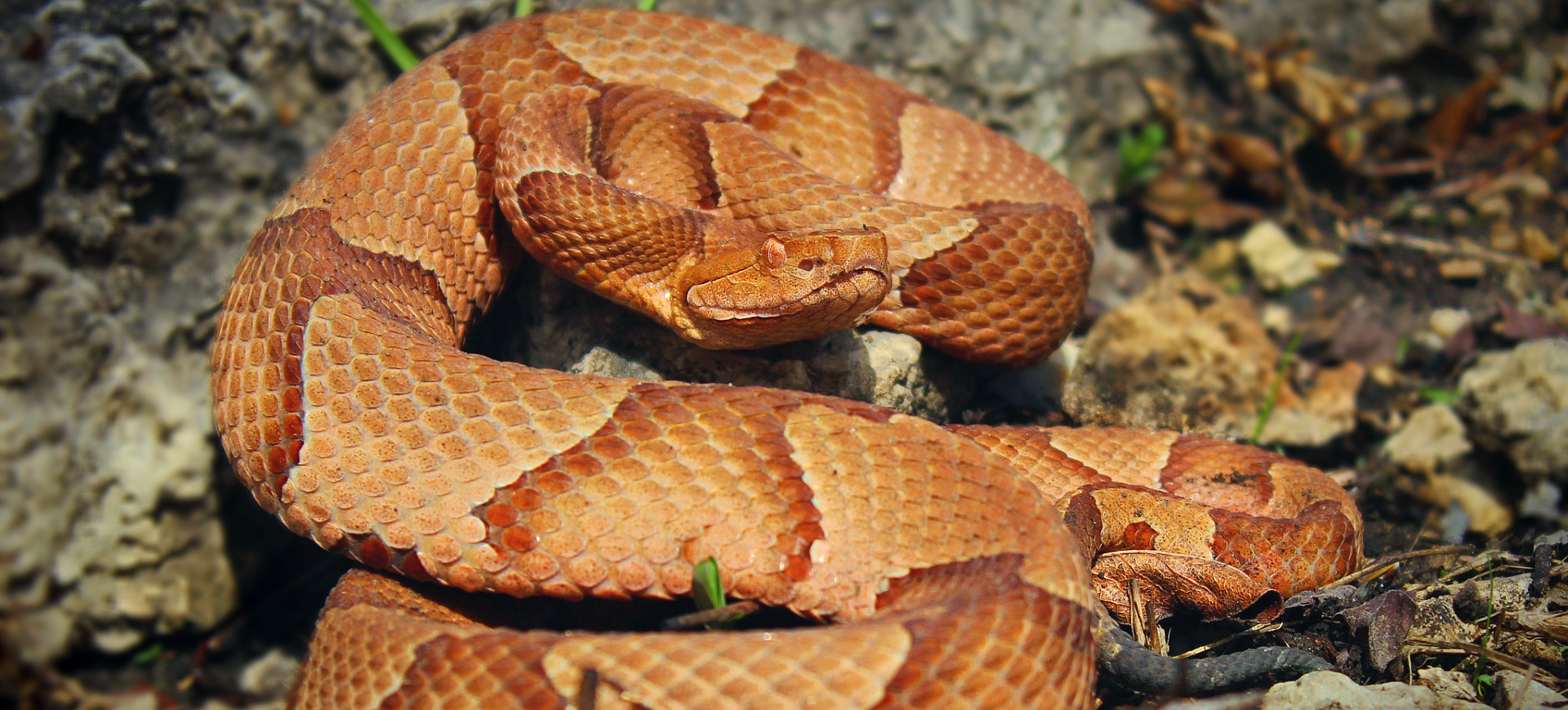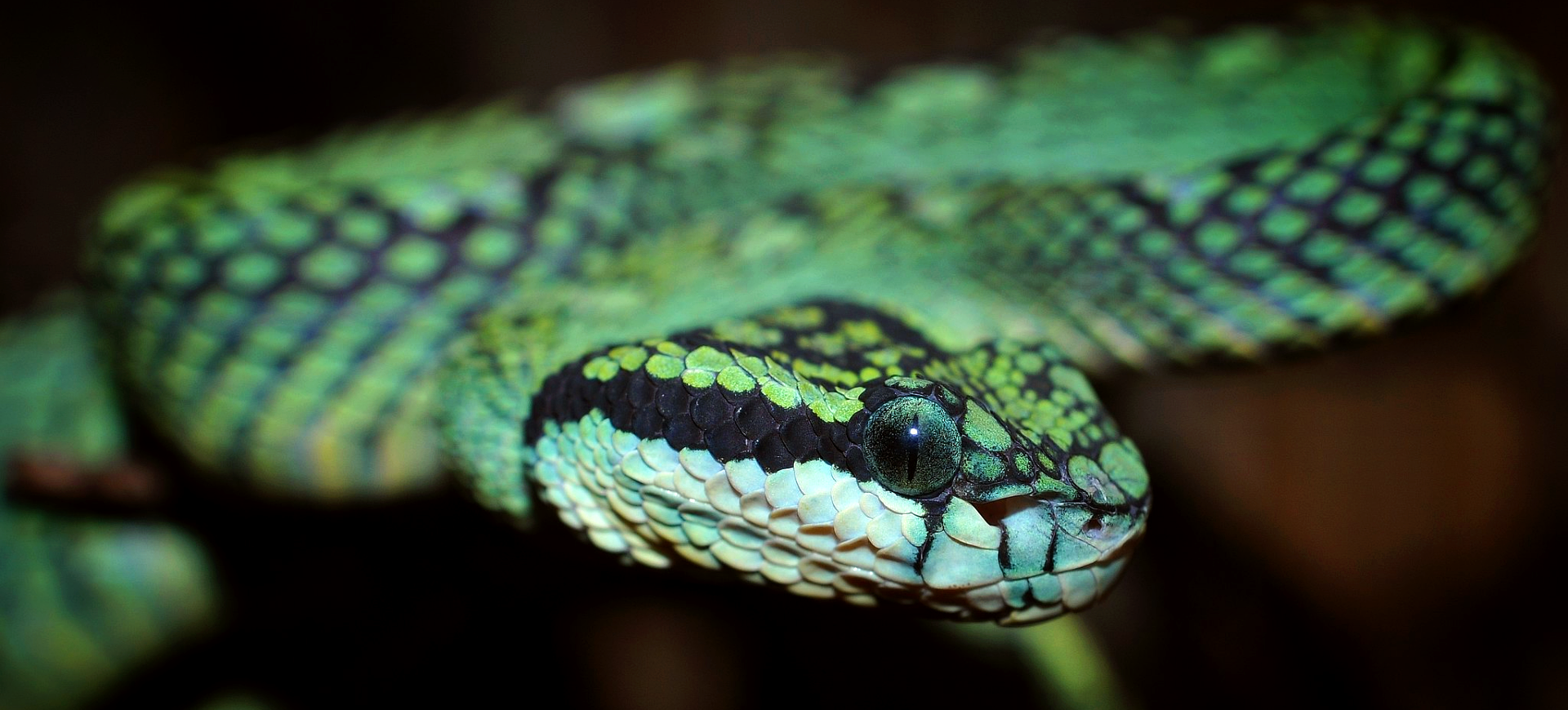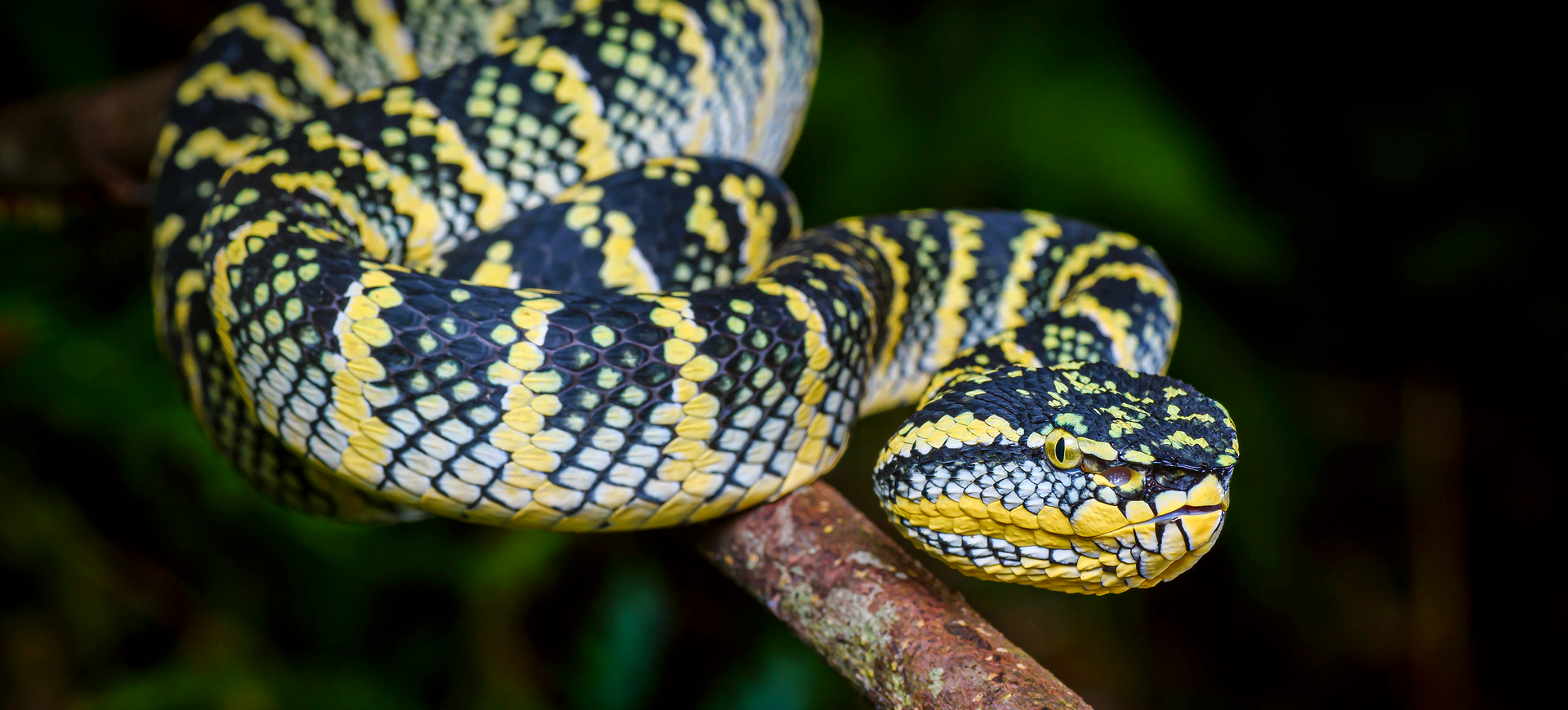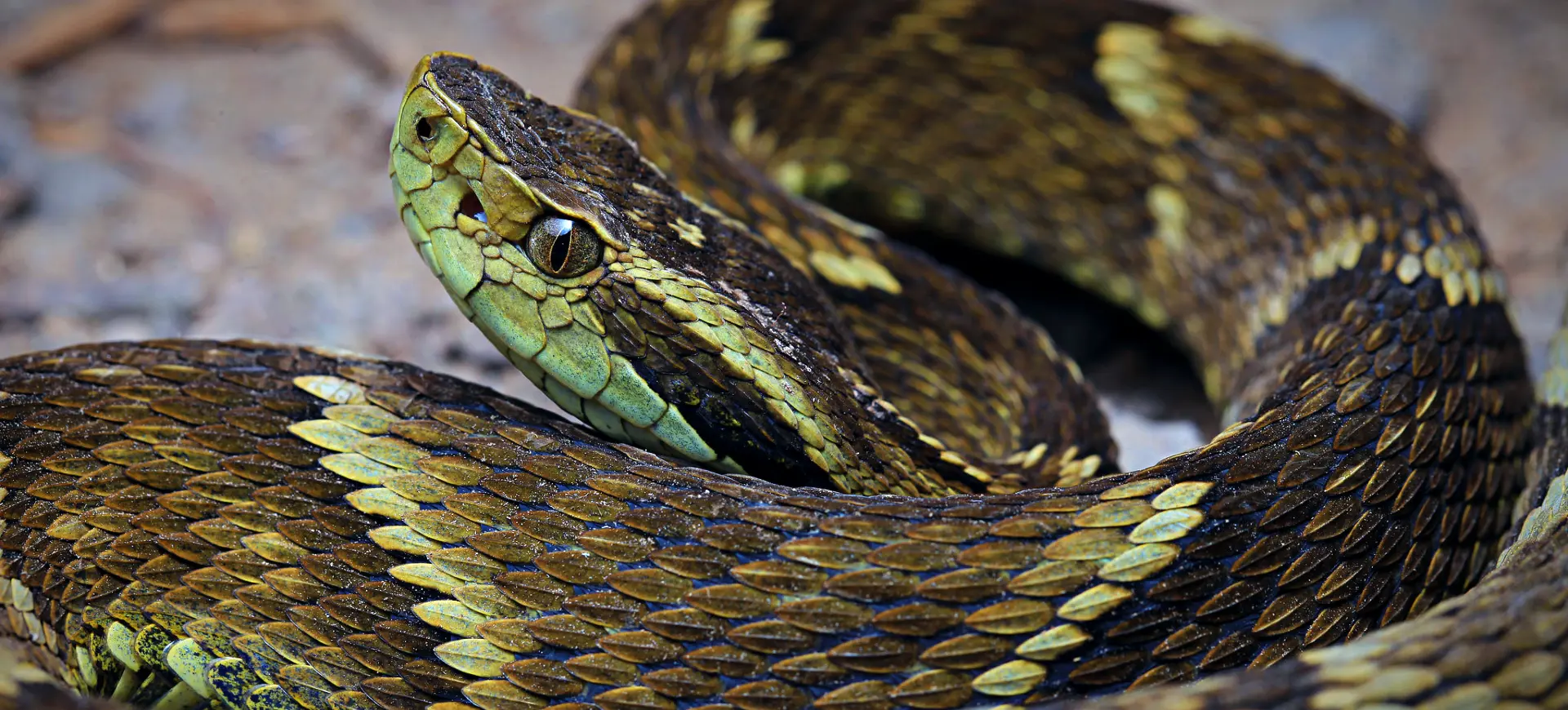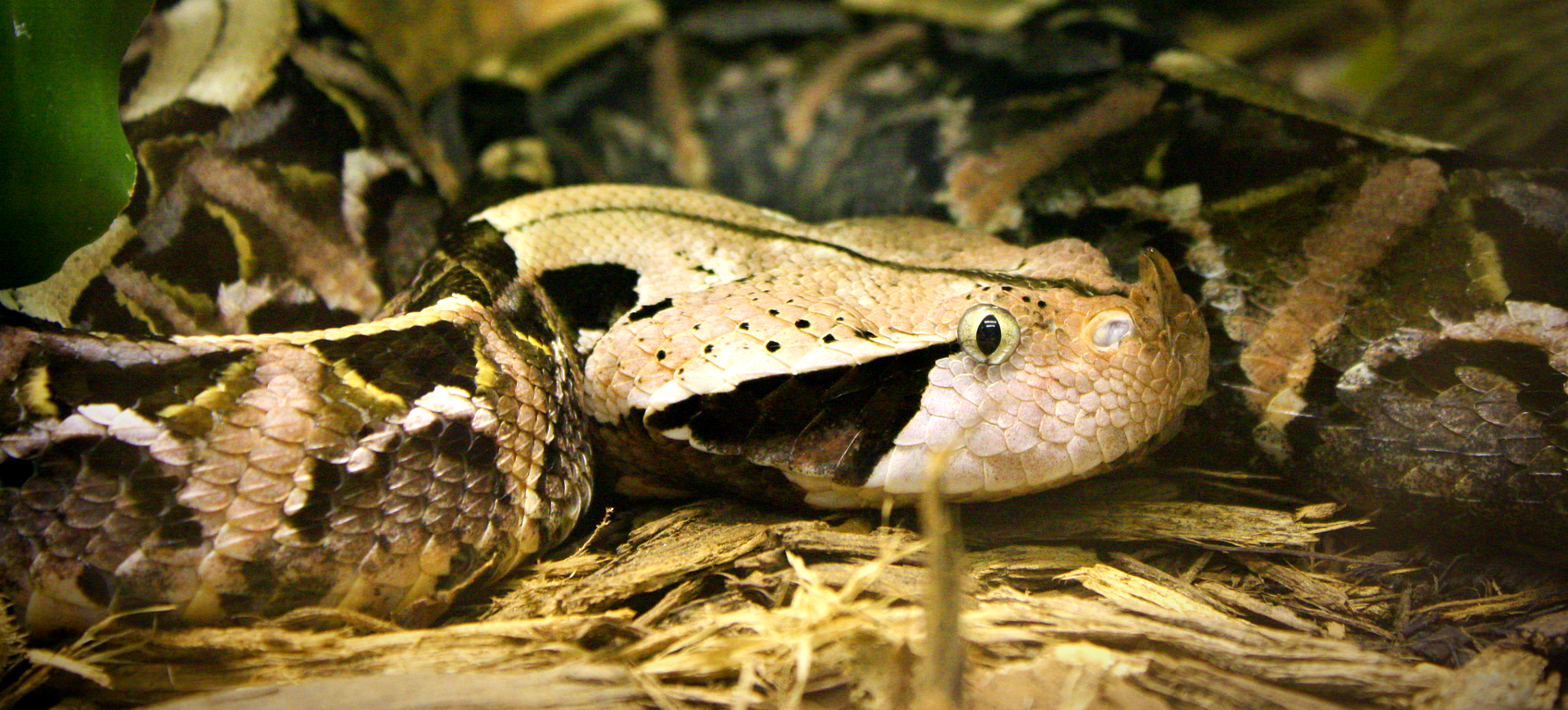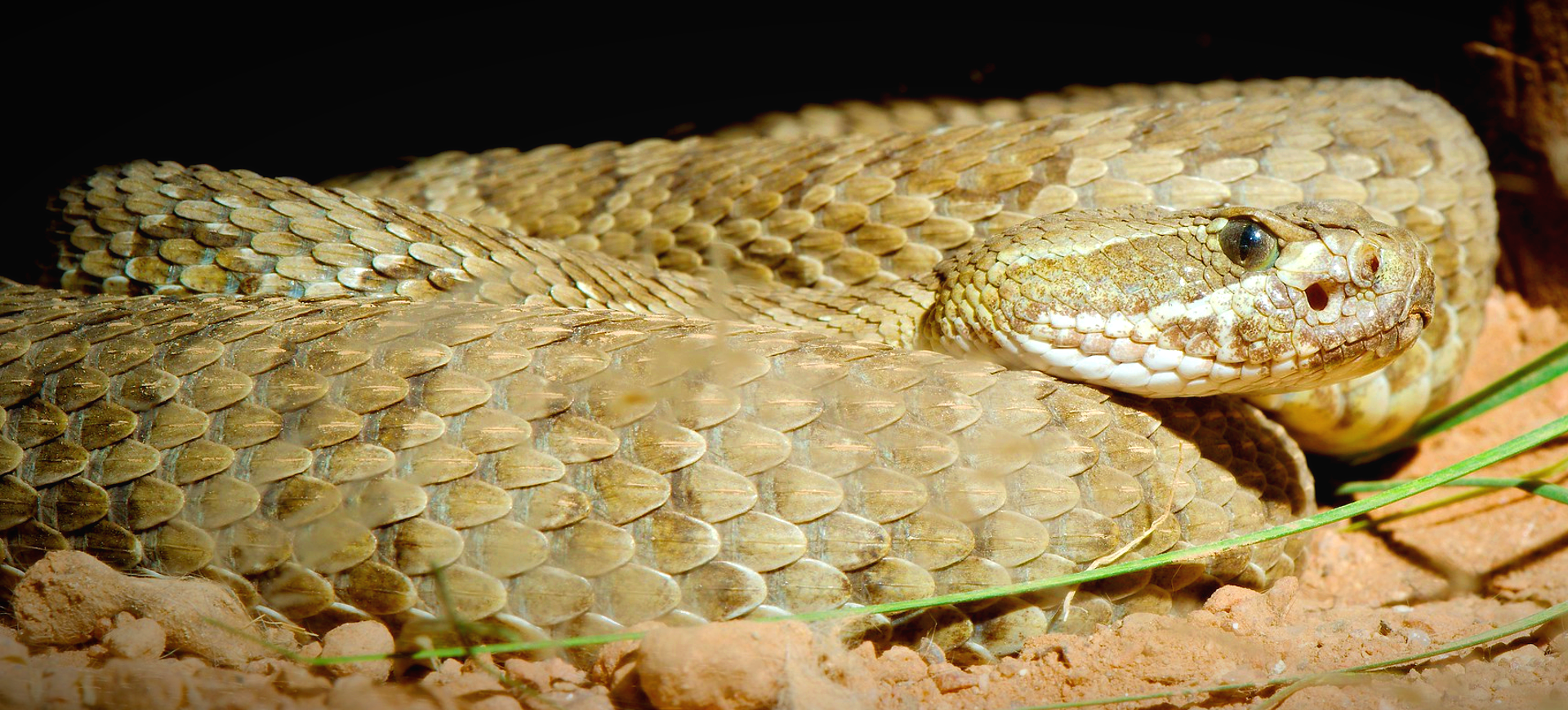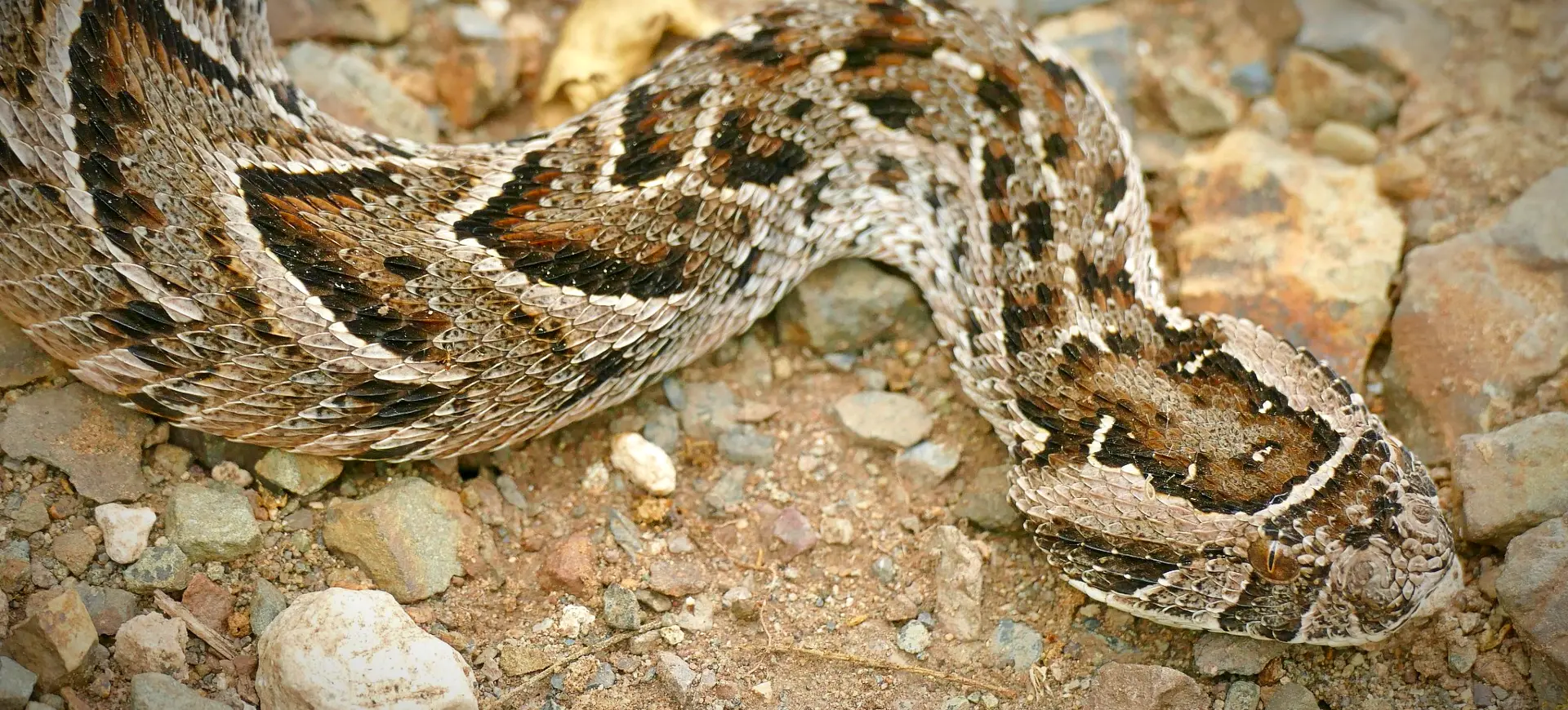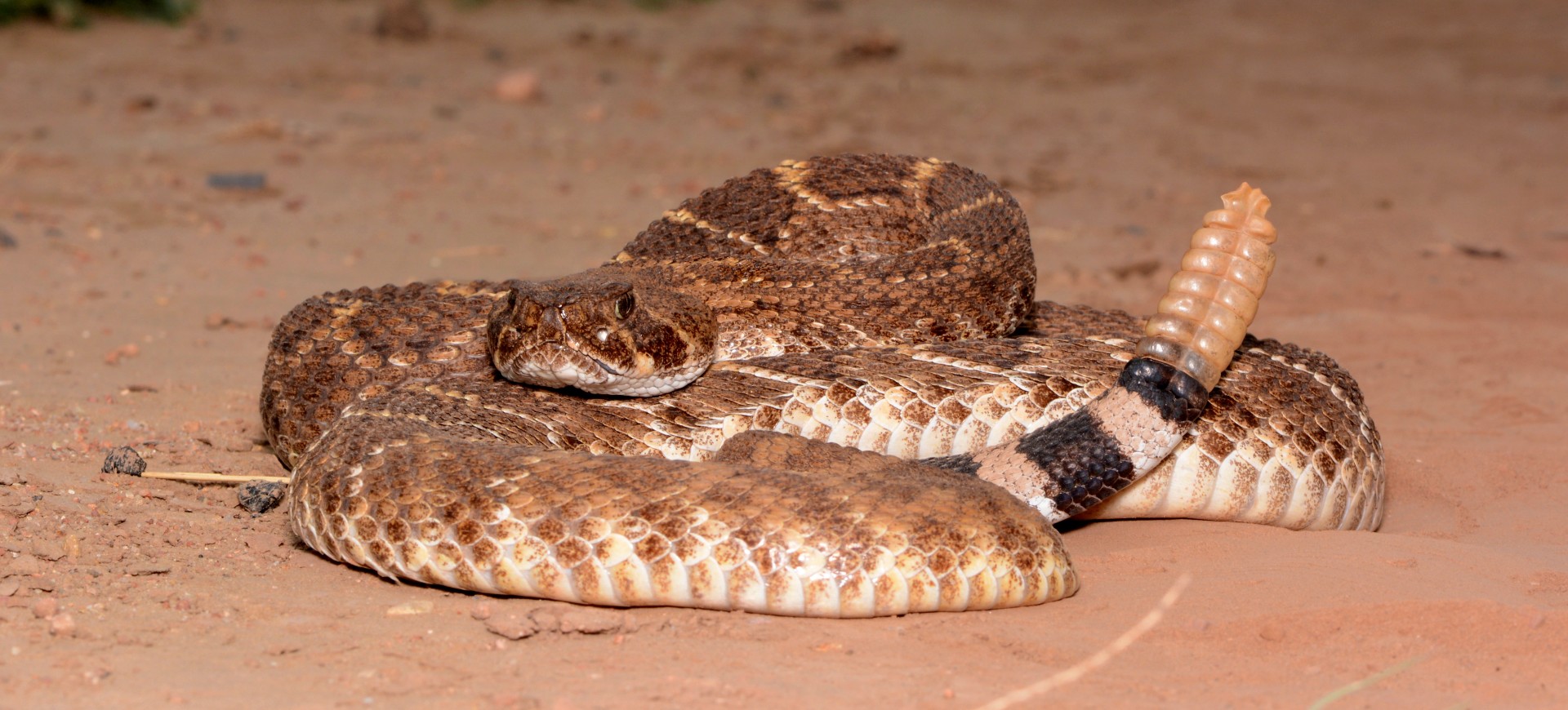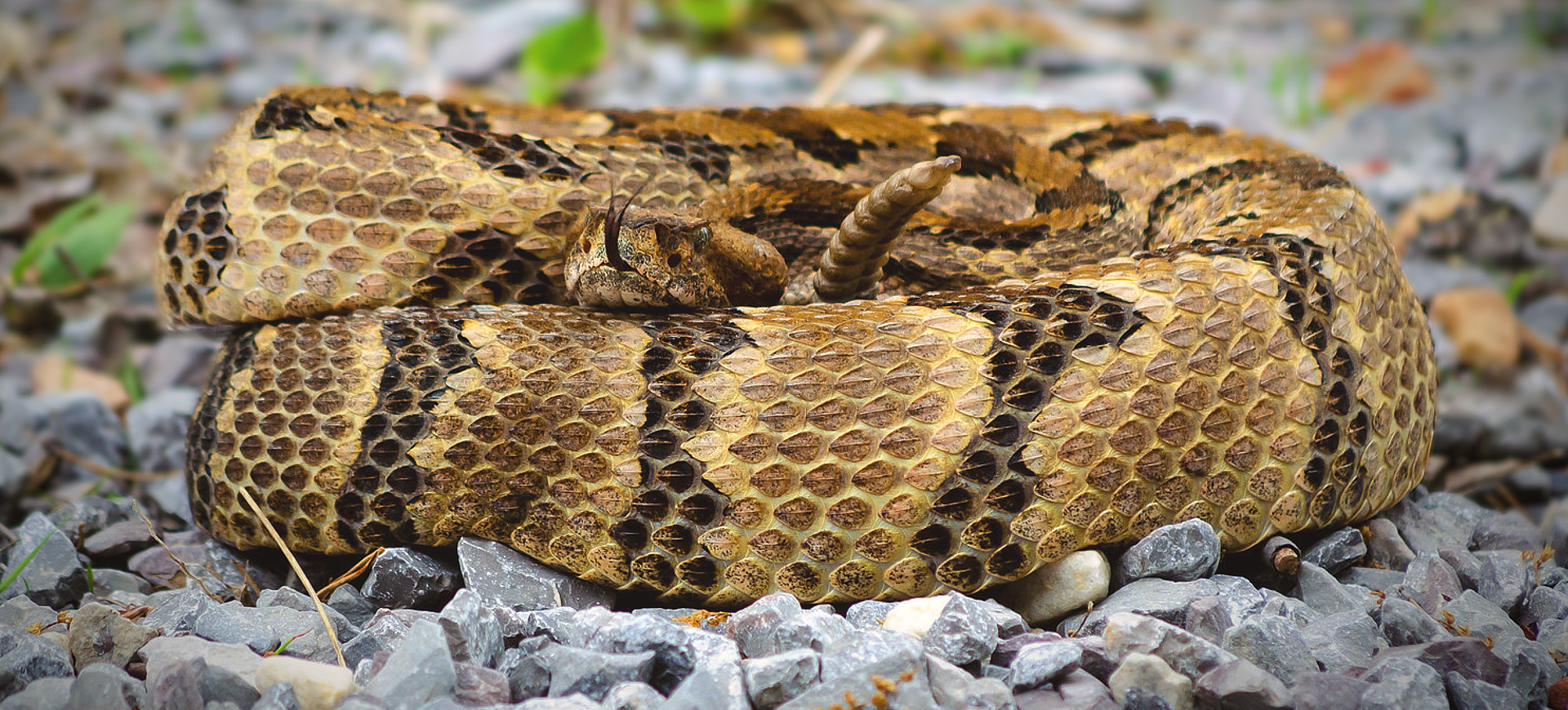Overview
The Speckled Forest Pit Viper, scientifically known as Bothrops taeniatus, is a venomous snake found primarily in the rainforests of South America, including parts of Colombia, Ecuador, Peru, and Brazil. This species is relatively small compared to other pit vipers, generally reaching about 70 to 100 cm long. Its body is slender and highly adapted to an arboreal lifestyle, allowing it to easily navigate through the canopy. The snake’s blend of green with yellow, brown, or red speckles provides excellent camouflage against the foliage, aiding in its protection from predators and ambush hunting tactics.
The Speckled Forest Pit Viper is predominantly nocturnal, spending the day camouflaged among the leaves and branches while becoming active at night to hunt. Its diet primarily consists of small mammals, birds, and occasionally amphibians, which it immobilizes with its potent venom. This species is an important part of the tropical forest ecosystem, helping control the populations of various small animal species. Despite its evil nature, it is relatively shy and avoids human contact, and bites are rare due to its reclusive and arboreal habits.
The conservation status of the Speckled Forest Pit Viper is currently not well-defined due to limited studies on its population dynamics and distribution. However, habitat destruction and degradation threaten its survival, similar to many other rainforest dwellers. Preserving their natural habitats is crucial for maintaining the delicate balance of these ecosystems, where this snake plays an integral role as both predator and prey. Efforts to study and protect the Speckled Forest Pit Viper are essential to ensure its continued presence in South America.
Taxonomy
Kingdom
Phylum
Class
Order
Family
Genus
Species
Type
Current distribution:
The Speckled Forest Pit Viper has a distribution spanning the lush, biodiverse landscapes of the western Amazon basin, including territories in Colombia, Ecuador, Peru, and Brazil. This region, known for its rich and complex ecosystems, is an ideal habitat for these arboreal vipers. It provides ample food sources and the dense canopy cover required for protection and hunting. However, the exact population size and density of this species remain largely unknown due to the challenges associated with conducting detailed field studies in such remote and inaccessible areas, leading researchers to rely heavily on infrequent sightings and the analysis of collected specimens to gauge their presence.
One of the greatest threats facing the Speckled Forest Pit Viper is habitat destruction, primarily driven by deforestation for agricultural expansion and logging operations. These activities drastically alter the landscape, stripping the snakes of their natural habitat and disrupting the region's ecological balance. The loss of forest cover reduces the available territory for these vipers and diminishes the prey animals' population, adding further strain to their survival. This critical situation underscores the urgent need for comprehensive environmental protection measures to preserve the remaining forest areas, securing a future for the Speckled Forest Pit Viper and countless other species that depend on these habitats.
Physical Description:
The Speckled Forest Pit Viper’s body is covered in keeled scales that enhance its ability to blend into the rough textures of tree bark and leaves. Its coloration is highly variable, typically featuring a green base overlaid with speckles of yellows, browns, and reds that mimic the dappled sunlight filtering through the forest canopy. This cryptic coloration not only helps it avoid predators but also makes it an effective ambush predator, capable of remaining undetected by unsuspecting prey.
Sexual dimorphism is apparent in this species, with females generally larger and more robust than males, a common trait among many snake species where size plays a role in reproductive success. The viper’s head is triangular and distinct from its neck, a characteristic feature of pit vipers. It houses the venom glands and heat-sensing pits that detect warm-blooded prey even in complete darkness. These adaptations are crucial for nocturnal hunting, providing the snake with the tools to be a successful predator in its complex arboreal environment.

Lifespan: Wild: ~15 Years || Captivity: ~20 Years

Length: Male: 24-30 in (60-75 cm) || Female: 28-40 in (70-100 cm)
Characteristic:
Native Habitat:
The Speckled Forest Pit Viper thrives in the dense, humid rainforests of the Amazon basin, preferring areas rich in dense foliage and climbing opportunities. Its arboreal nature means it is often found in the trees, rarely descending to the ground. The habitat provides the cover and high humidity that the snake prefers and a rich source of prey, which is crucial for its survival.
The rainforest environment offers a variety of microhabitats that support a diverse range of fauna and flora, contributing to the complex ecosystem in which this viper participates. The preservation of these habitats is crucial for maintaining the region’s natural diversity and ecological balance, providing the Speckled Forest Pit Viper with the resources it needs to survive and reproduce.
Climate Zones:
Biomes:
WWF Biomes:
Biogeographical Realms:
Continents:
Diet:
Diet & Feeding Habits:
The Speckled Forest Pit Viper is a carnivorous predator that primarily feeds on small mammals, such as rodents and birds, utilizing its arboreal and nocturnal advantages to ambush prey from above. It may also consume frogs and other small reptiles, depending on their availability in its environment. The snake uses its venom, which is hemotoxic, causing tissue damage and prey immobilization, allowing for easier consumption without significant struggle.
In captivity, the Speckled Forest Pit Viper’s diet is usually comprised of small rodents, which are provided regularly to mimic natural feeding intervals. This feeding strategy helps maintain the snake’s health and vitality, ensuring its metabolic needs are met without the risk of obesity or other health issues common in captive snakes.
Mating Behavior:
Mating Description:
The Speckled Forest Pit Viper’s mating behavior involves the male engaging in combat dances with rival males to establish dominance and gain the opportunity to mate with a receptive female. Mating usually occurs during the rainy season, when food resources are abundant and environmental conditions are optimal for gestation. Females are ovoviviparous, giving birth to live young rather than laying eggs, which increases the survival rate of the offspring in the predator-rich rainforest environment.
Females typically give birth to between 5 and 15 young after a gestation period of about six months. The neonates are born fully formed and are capable of climbing and hunting within hours of birth, equipped with venom potent enough to subdue small prey. This reproductive strategy allows the young vipers to disperse quickly, reducing the likelihood of predation and sibling competition for resources.
Reproduction Season:
Birth Type:
Pregnancy Duration:
Female Name:
Male Name:
Baby Name:
Social Structure Description:
The Speckled Forest Pit Viper exemplifies a solitary lifestyle characteristic of many viper species, only seeking out others during the breeding season to reproduce. Throughout the rest of the year, each lives alone, occupying and defending a well-defined territory that typically encompasses areas rich in resources such as prey and optimal resting spots. This territorial nature ensures that each snake has sufficient access to the food and shelter necessary for survival, which is crucial in the competitive environment of the rainforest, where such resources can be scarce.
During the non-breeding season, the Speckled Forest Pit Viper’s territorial behavior is vital in maintaining ecological balance within its habitat. By defending its space against intruders, the snake minimizes conflicts and potential injuries that could arise from frequent interactions with other members of its species. This behavior reduces competition for the limited food supply. It prevents the overutilization of resources within any rainforest area, helping to sustain the environmental health and resource availability critical to the survival of diverse wildlife populations.
Groups:
Conservation Status:
Population Trend:
The Speckled Forest Pit Viper remains a relatively enigmatic species, primarily due to its elusive nature and the challenging environment in which it resides. Conducting comprehensive population surveys for such a secretive and arboreal snake poses significant challenges, as the dense rainforest canopy effectively conceals these vipers from sight. As a result, the scientific community often relies on the infrequent encounters reported by field researchers or when specimens are collected for the pet trade or academic studies to estimate population trends. This methodology, however, only provides a fragmented view of the actual population size and distribution, leaving many aspects of the species’ ecology and demographics unknown.
This lack of detailed population data is a major concern for conservationists working to protect the Speckled Forest Pit Viper. Without precise information on the number and health of the population, it is difficult to gauge the full impact of environmental threats such as deforestation, climate change, and human encroachment on their habitats. The uncertainty complicates the development and implementation of effective conservation strategies aimed at mitigating habitat loss and ensuring the survival of this unique viper species. Consequently, there is a pressing need for enhanced research efforts that can provide more accurate assessments of their population dynamics and inform conservation actions that are critically needed to safeguard their future.
Population Threats:
Habitat destruction is a formidable threat to the Speckled Forest Pit Viper, primarily driven by logging and agricultural expansion within its native Amazon basin. These activities directly diminish the physical space available for the viper to live, breed, and hunt, leading to a reduction in prey species crucial for survival. As forests are cleared and converted into farmland or timber plantations, the complex ecosystem supporting this species is irreparably altered, leading to significant declines in population numbers and genetic diversity, weakening the species’ overall resilience.
In addition to habitat destruction, climate change represents a profound and pervasive threat to the Speckled Forest Pit Viper. Shifts in rainfall patterns and temperature fluctuations disrupt the delicate balance of the tropical rainforest ecosystems, affecting the availability of vital resources such as water and suitable prey. Furthermore, the illegal pet trade exacerbates these threats by removing significant numbers of these vipers from their natural setting, driven by their unique and striking appearance, making them highly sought after in exotic pet markets. This combination of pressures threatens the immediate survival of individual snakes and jeopardizes the entire species’ future viability by reducing their ability to recover and maintain healthy populations.
Conservation Efforts:
Conservation strategies for the Speckled Forest Pit Viper are primarily centered around habitat preservation, ensuring that these snakes have undisturbed areas to live and thrive. Establishing protected areas such as national parks and nature reserves is critical to this effort, as these regions provide a refuge from the deforestation and environmental degradation that typically occurs in unprotected areas. Additionally, these protected zones help maintain the ecosystem’s biodiversity, which is essential for the survival of the Speckled Forest Pit Viper and the myriad other species that share its habitat.
Alongside habitat preservation, significant emphasis is also placed on enforcing laws against the illegal wildlife trade, which often targets exotic species like the Speckled Forest Pit Viper for the pet market. International cooperation is crucial in this regard, as the wildlife trade does not respect national boundaries, and effective control requires collaborative efforts across countries. Furthermore, education and outreach programs targeted at local communities are vital in reducing human-induced threats. By raising awareness of the ecological importance of the Speckled Forest Pit Viper and the broader environmental impacts of biodiversity loss, these programs encourage local populations to engage in conservation efforts and help foster a culture of environmental stewardship.
Additional Resources:
Fun Facts
- The Speckled Forest Pit Viper is known for its vibrant green color interspersed with yellow, brown, or red speckles, which helps it blend seamlessly into the foliage of its rainforest habitat.
- This species spends most of its life in the trees, rarely coming down to the ground, making it a true arboreal snake.
- Like other pit vipers, it has heat-sensing pits between its eyes and nostrils, allowing it to detect warm-blooded prey even in complete darkness.
- The Speckled Forest Pit Viper possesses a potent hemotoxic venom used primarily for subduing prey rather than for defense.
- Unlike many snakes that lay eggs, this viper gives birth to live young, enhancing the survival rates of its offspring in the predator-rich rainforest.
- Individuals are mostly solitary and interact with others primarily during the mating season, maintaining well-defined territories at other times.
- It is predominantly nocturnal, actively hunting for small mammals and birds under the cover of night.
- Despite being venomous, the Speckled Forest Pit Viper is relatively non-aggressive and prefers to avoid confrontation by hiding or fleeing rather than attacking.
- By controlling populations of small mammals and other prey, this snake plays an important role in maintaining the ecological balance of its environment.
- The Speckled Forest Pit Viper’s unique appearance makes it a target for the illegal pet trade, which poses a significant threat to its wild populations.


